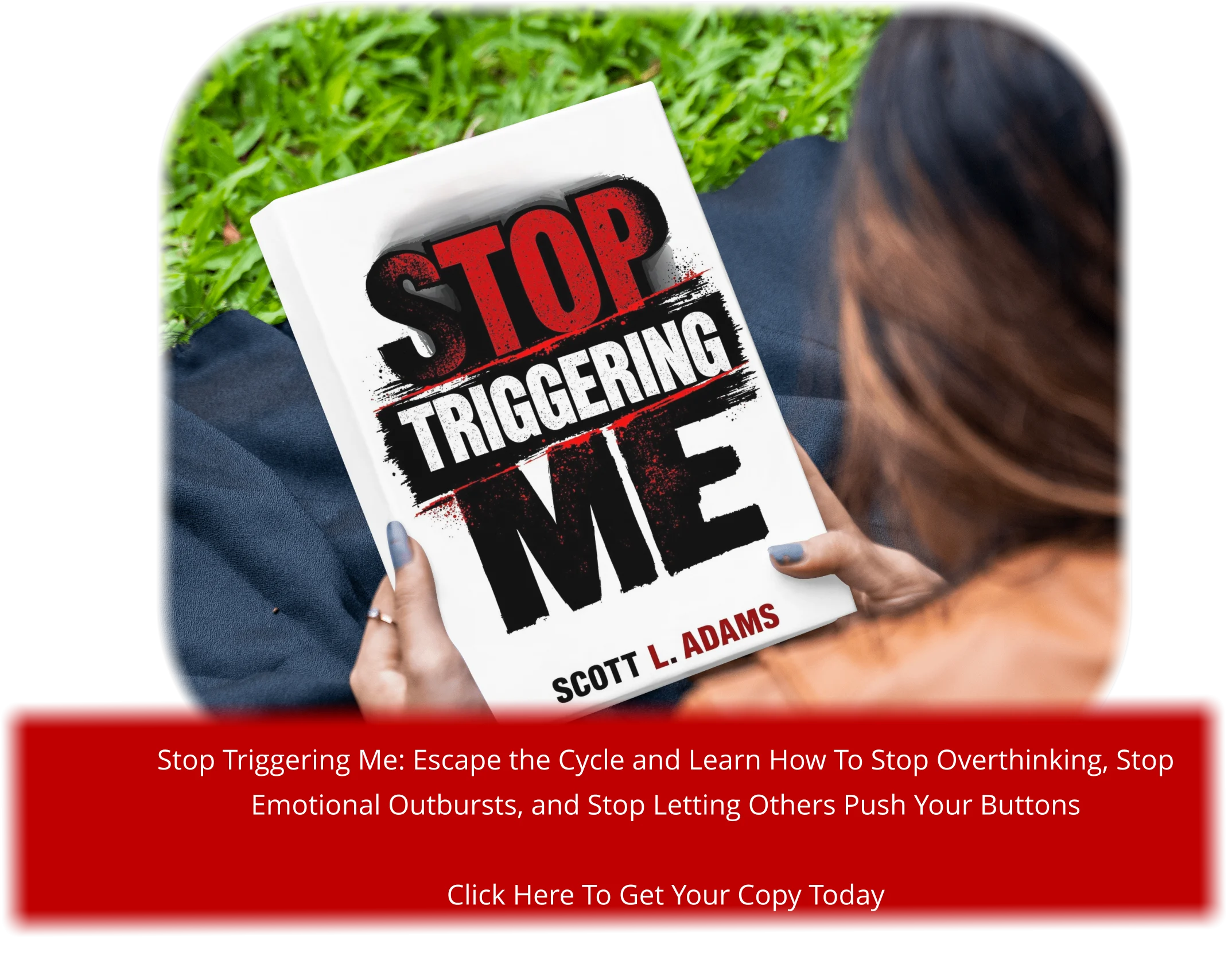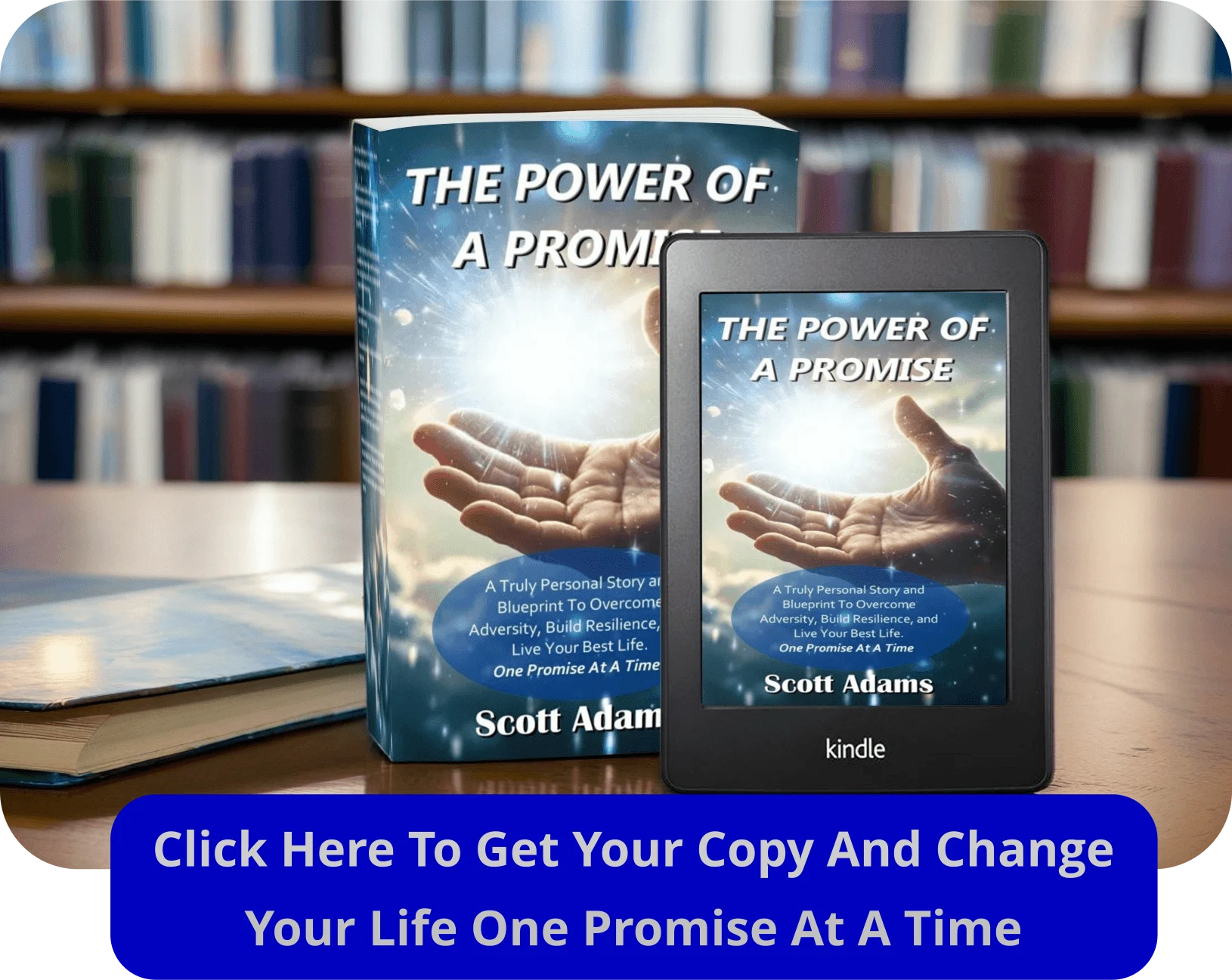Have you ever found yourself replaying a conversation in your head, wondering if someone’s comment was a jab at you? I’ve been there too. It’s easy to take things personally, especially when life feels overwhelming. But what if I told you there’s a way to protect your mental health without shutting down completely?
Studies show that over 70% of people experience feelings of offense or hurt from others’ comments or actions at some point in their lives1. This can lead to increased emotional distress and mental fatigue. The good news? There’s a balanced approach to handling these situations.
Learning to step back from overwhelming emotions doesn’t mean you’re ignoring your feelings. It’s about creating space to respond thoughtfully rather than react impulsively. Research indicates that reflecting on your thoughts before responding can reduce misunderstandings by 50%1. This small shift can make a big difference in your relationships and overall life.
In this article, I’ll share practical strategies to help you navigate these moments with clarity and confidence. Let’s explore how to stop taking everything so personally—without losing your authenticity.
Key Takeaways
- Taking things personally is common but can harm mental health and relationships.
- Creating emotional space helps you respond thoughtfully instead of reacting impulsively.
- Reflecting before responding reduces misunderstandings and improves communication.
- Balancing emotions protects your well-being without shutting down completely.
- Practical strategies can help you navigate challenging interactions with confidence.
Understanding Emotional Detachment and Its Impact
Have you ever felt disconnected from your own feelings or those around you? This state of disengagement, often called emotional detachment, can be a response to overwhelming stress or trauma. It’s not a mental health disorder itself, but it can be a symptom of other conditions like depression or PTSD2.
Emotional detachment might seem like a way to protect yourself from pain. However, it can also make it harder to connect with others. Signs include ambivalence, poor listening, and withdrawing from relationships3. These behaviors can create distance in your personal and professional life.
What Is Emotional Detachment?
Emotional detachment is an inability or unwillingness to fully engage with emotions. It can be a short-term coping method during overwhelming situations or a more persistent condition2. For example, children who experience abuse may develop this as a way to protect themselves, but it can lead to challenges in adulthood4.
Recognizing the Signs and Symptoms
Here are some common indicators of emotional detachment:
- Difficulty empathizing with others.
- Losing interest in people or activities you once enjoyed.
- Feeling numb or distant from your emotions.
- Being overly self-protective in relationships.
While feeling detached might offer temporary relief, it can also lead to deeper mental health challenges. For instance, long-term detachment can increase the risk of depression or anxiety3. Reflect on your own responses—do these symptoms align with your experiences?
The Role of Emotional Detachment in Mental Health
Have you ever felt like your emotions are on autopilot, leaving you disconnected from the world around you? This state of disengagement can sometimes help us cope during overwhelming moments. But when it becomes a habit, it can interfere with our ability to connect deeply with others and grow emotionally5.
When Detachment Becomes a Coping Mechanism
Detachment often starts as a way to protect ourselves from intense stress or trauma. For example, research shows that individuals who’ve experienced childhood abuse may use this as a survival strategy6. While it can provide temporary relief, relying on it too much can dull our natural emotional responses and lead to isolation7.
Studies indicate that around 40% of people with chronic stress use detachment as a coping mechanism5. This might feel like a shield at first, but over time, it can make it harder to form meaningful connections. Reflect on your own experience—do you notice yourself pulling back emotionally during tough moments?
Detachment can also stem from past trauma or overwhelming situations. For instance, 60% of individuals link their detachment to childhood trauma5. While it offers temporary relief, it can also contribute to long-term mental health challenges like depression or anxiety7.
It’s important to recognize whether your detachment is a protective measure or a barrier to deeper connection. Therapy, particularly cognitive behavioral therapy (CBT), has shown to improve emotional engagement in 65% of participants5. This approach can help you address the root cause of your detachment and rebuild healthier emotional patterns.
Practical Strategies to Cultivate Emotional Detachment
Do you ever feel like your reactions to situations are more intense than they need to be? It’s a common experience, especially when stress builds up. The good news is, there are practical ways to manage these feelings without shutting down or losing your authenticity.
Practicing Mindfulness and Self-Awareness
Mindfulness is about staying present. It helps you observe your thoughts and feelings without judgment. For example, when you notice a strong reaction, take a moment to breathe and ask yourself, “Why does this feel so personal?” This simple pause can make a big difference8.
Self-awareness is equally important. Pay attention to early signs of stress, like irritability or fatigue. Recognizing these cues can help you address them before they escalate. Studies show that mindfulness practices reduce stress by up to 40%9.
Setting Clear Boundaries
Boundaries protect your energy and well-being. They can be physical, emotional, or even about your time. For instance, if a conversation feels draining, it’s okay to step away and revisit it later. Healthy boundaries are essential for maintaining balance8.
Setting boundaries can be challenging, especially if you’ve experienced childhood trauma. But it’s a skill you can develop over time. Research shows that 75% of people believe boundaries are crucial for mental health9.
Start small. Identify one area where you feel overwhelmed and set a clear limit. Over time, this practice will become second nature, helping you navigate relationships with confidence.
Healthy vs. Unhealthy Uses of Emotional Detachment
Have you ever wondered if pulling back emotionally is helping or hurting your relationships? Detachment can be a double-edged sword. While it can protect you from stress, it can also create distance when taken too far. Understanding the difference between healthy and unhealthy detachment is key to maintaining balance.
Healthy detachment allows you to set boundaries without losing connection. It’s about creating space to process your feelings and respond thoughtfully. For example, stepping away from a heated argument to cool down is a healthy strategy. It helps you avoid impulsive reactions and fosters better communication10.
On the other hand, unhealthy detachment can signal deeper issues. When it becomes a habit, it may be linked to conditions like attachment disorders or depression11. Signs include avoiding meaningful conversations, feeling numb, or withdrawing from loved ones. These patterns can harm your relationships and mental health over time.
Identifying Positive Coping Techniques
Healthy detachment involves recognizing when you need space while staying engaged with your emotions. Techniques like mindfulness and journaling can help you process feelings without shutting down. Research shows that mindfulness reduces stress by up to 40%, making it a powerful tool for emotional balance12.
Unhealthy detachment, however, often stems from unresolved trauma or fear of vulnerability. For instance, individuals with a history of neglect may struggle to express their needs, leading to isolation10. Recognizing these patterns is the first step toward healing.
If you notice signs of unhealthy detachment, consider seeking professional help. Therapy, especially cognitive behavioral therapy (CBT), has been shown to improve emotional engagement in 65% of participants10. It can help you address the root cause of your detachment and rebuild healthier emotional patterns.
Navigating Relationships Through Emotional Detachment
Have you ever felt drained after spending time with someone, questioning if the relationship is worth the energy? I’ve been there too. Sometimes, stepping back is the healthiest choice you can make for your mental well-being. It’s not about cutting people off entirely but creating boundaries that protect your peace.
Detaching from toxic individuals can be challenging, especially if you’ve invested time and energy into the relationship. But recognizing the signs is the first step. For example, if someone consistently dismisses your feelings or makes you question your reality, it’s a red flag. These behaviors can be a symptom of deeper issues in the relationship13.
Detaching from Toxic Individuals
Letting go of toxic relationships isn’t easy, but it’s necessary. I’ve found that setting clear boundaries helps. For instance, if a conversation feels manipulative, it’s okay to step away. Phrases like “You’re overreacting” or “You’re too sensitive” often undermine your feelings and signal a lack of respect13.
Another strategy is to limit your exposure. If someone drains your energy, reduce the time you spend with them. This doesn’t mean you’re avoiding the problem; you’re prioritizing your well-being. Research shows that maintaining distance from toxic individuals can improve your mental health significantly14.
Building Supportive and Balanced Connections
Healthy relationships thrive on mutual respect and open communication. When both partners feel heard and valued, it creates a strong foundation. For example, couples who communicate openly are more likely to resolve conflicts without resentment14.
Balanced connections also require effort from both sides. If one partner consistently withdraws or avoids meaningful conversations, it can create distance. Recognizing these signs early can help address the issue before it escalates13.
If you’re struggling to build or maintain healthy relationships, consider seeking therapy. A professional can help you identify patterns and develop strategies for healthier interactions. Therapy has been shown to improve emotional engagement in 65% of participants, making it a valuable resource.
Reflect on your own relationships. Are there areas where you need to adjust your boundaries? Taking small steps toward healthier connections can make a big difference in your overall well-being.
Professional Insights and Real-Life Examples
Have you ever felt stuck in a cycle of overthinking, unsure how to break free? I’ve been there too. Sometimes, the best way forward is to seek professional guidance. Therapists and experts offer tools that can help you rebuild your sense of well-being and strengthen your connections with others.
One of the most effective approaches is Cognitive Behavioral Therapy (CBT). It helps you identify and change negative thought patterns that contribute to anxiety. For example, if you constantly feel criticized, CBT can help you reframe those thoughts and respond more calmly15.
Another powerful method is Acceptance and Commitment Therapy (ACT). It focuses on accepting your feelings without judgment and committing to actions that align with your values. Studies show that ACT improves connection and reduces stress by up to 40%16.
Therapy Approaches and Expert Advice
Mental health professionals often tailor treatment plans to your specific needs. For instance, if you’re dealing with a chronic health condition, they might combine therapy with mindfulness techniques to help you manage stress17.
Here are some steps experts recommend:
- Start with small, manageable goals to build confidence.
- Practice mindfulness to stay present and reduce anxiety.
- Seek support from trusted friends or support groups to strengthen your connections.
Real-life examples can also be inspiring. Take Sarah, who struggled with persistent anxiety after a traumatic event. Through therapy, she learned to set boundaries and rebuild her sense of well-being. Her story shows that professional help can be a game-changer15.
“Therapy gave me the tools to take control of my life. It wasn’t easy, but every step was worth it.”
Remember, seeking help is a sign of strength, not weakness. Taking that first step can lead to meaningful change and a healthier, more balanced life.
Conclusion
Navigating life’s challenges often requires a balance between staying connected and protecting your peace. Throughout this article, we’ve explored practical strategies to help you respond thoughtfully in difficult situations. From mindfulness to setting boundaries, these tools empower you to manage stress without losing your authenticity.
Recognizing when to step back is a valuable skill. However, if you find yourself consistently struggling, seeking help from a mental health professional can make a significant difference. Studies show that therapy improves emotional engagement in 65% of participants18, offering a path to rebuild healthier patterns.
Building stronger bonds and reclaiming balance is possible, even in tough times. Remember, it’s okay to prioritize your well-being. By honing these skills and seeking support when needed, you can create a fulfilling life, one step at a time.







